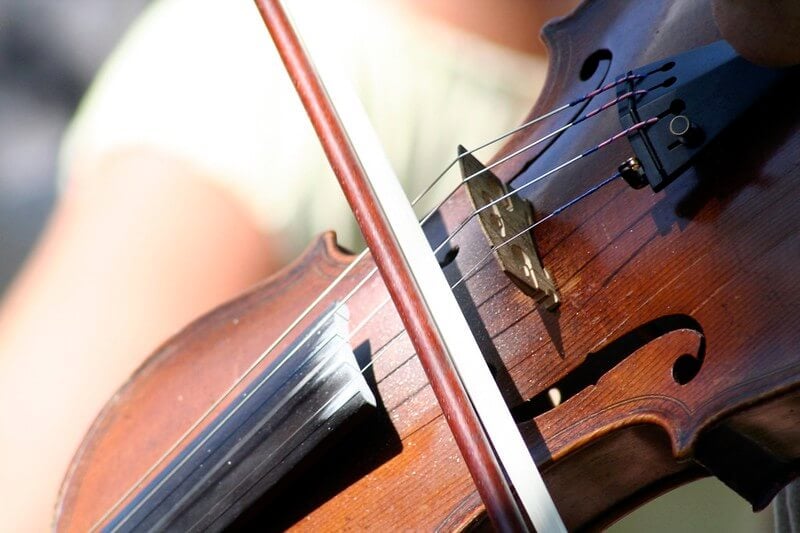A violin is not a violin without its bow. Bows are an essential part of stringed instruments such as violin, cello, and viola. They are designed to create the exact sound desired when playing the violin. In addition, the bow makes it easier to learn different genres of music for violinists, whether beginners or advanced players.
Most of the time, we tend to overlook violin bows and focused more on the instrument itself and violin cases. We think that as long as we take care of our violin, the sound won’t get affected even if the bow isn’t maintained. However, violin bows are just as important as the other parts of the violin to maintain the quality of the sound the instrument produces.
But what are violin bows really made of and how can we take care of them?
Different Parts of a Violin Bow
Knowing the different parts of a violin bow and understanding how they work is important for any string musicians in the world. To learn about each part of the bow, check out the following:
- Stick. The stick is the most noticeable component of the violin bow. It takes the pressure of gliding in order to produce the perfect sound. Bow sticks are usually made of Pernambuco wood. This sturdy Brazilian tonewood provides the best violin bows in the market.
- Frog. Using the hard Eben wood, the frog is designed with an unusual style for the bow which holds the bow hair. The sides are formed in square and U-shape positioned against the bow stick. It uses wooden wedges and metal ferrule to keep the hair in place.
- Hair. The latest sets of bow hair are cut short in order to match the length of most bows. Through open flame, they are warmed up so that the required length will be achieved. Bow hairs create the sound of violins when you grip the strings and pull the hair.
- Screw. The bow screws of a violin are the most essential mechanical pieces that you should keep in place. The metal screw is located in the stick’s end so that players can twist and hold them easily when needed. Also, it allows bow hairs to be loosened or tightened in order to produce the perfect sound.
You can make better sounds when you rehair your bow. It is recommended to rehair violin bows every six months especially when you often practice and use the instrument. Ask for professional assistance if you don’t have an idea of how it’s done. Advanced players are typically familiar with the difference made by using the right bow for their violins. Take note that the quality of bow hair is also affected by weather and humidity. Once you understand the importance of choosing the best violin bow, you can maximize the quality of your instrument.
Bottom Line
Violinists need different bows depending on their preferences. If you feel comfortable with a certain bow, then maybe it’s the right choice. If not, there are so many options you can choose from so that you’ll find the best match for you and your violin.
main photo by Waldo Jaquith. Used under a Creative Commons license.
